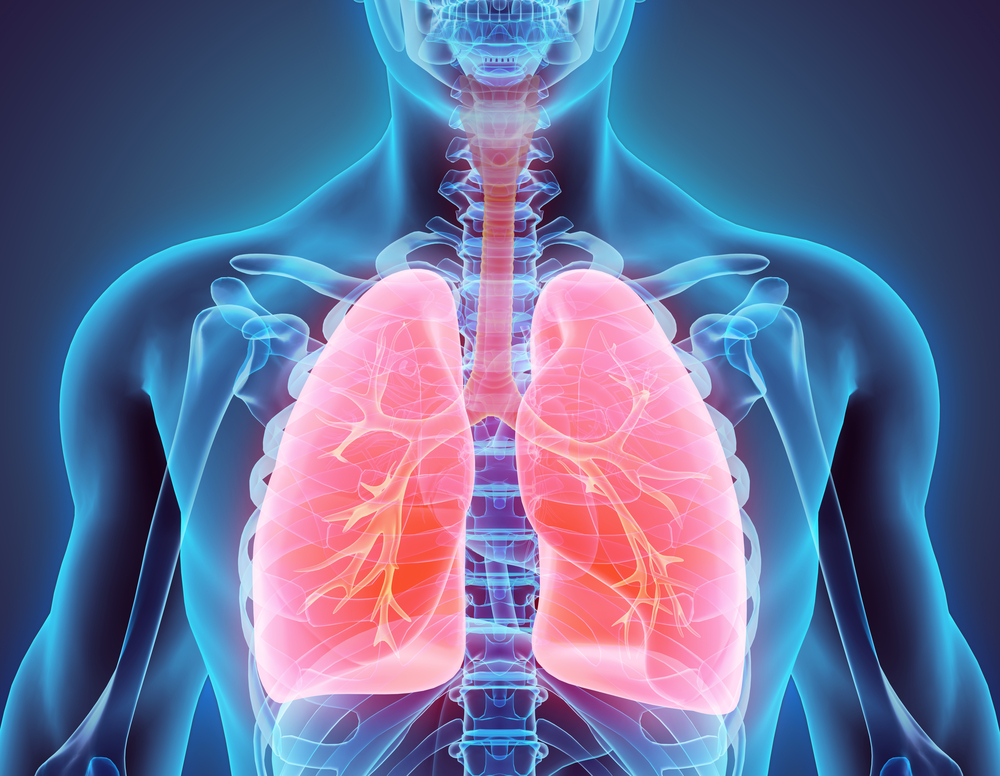Inspiratory Muscle Weakness Aggravates Shortness of Breath in CTEPH Patients, Study Shows

Inspiratory muscle weakness aggravates shortness of breath caused by exertion and lung function capacity in patients with chronic thromboembolic pulmonary hypertension, a study has found.
The study, “Inspiratory muscle weakness contributes to exertional dyspnea in chronic thromboembolic pulmonary hypertension,” was published in the journal PLOS One.
CTEPH is a rare form of pulmonary hypertension (PH), a disease characterized by an abnormally high blood pressure in the lungs caused by the formation and accumulation of blood clots.
According to the study, CTEPH is the only subtype of PH that potentially can be ameliorated, or even cured, by pulmonary endarterectomy (PEA), which is a surgical procedure to remove blood clots obstructing the pulmonary arteries in the lungs.
Unfortunately, 30-42% of CTEPH patients do not qualify for PEA, and even those who undergo surgery may still experience lack of exercise capacity because the maximum amount of physical exertion they are able to sustain is limited.
Previous studies suggested that inspiratory muscle weakness (IMW) could be one of the reasons contributing to reduced exercise capacity and shortness of breath during effort in PH patients.
Now, researchers analyzed whether IMW could affect exercise capacity and shortness of breath caused by exertion in CTEPH patients.
The prospective cross-sectional study enrolled 39 CTEPH patients (mean age of 48 years), whose diagnosis had been confirmed by right heart catheterization (a medical procedure to evaluate how well the heart is working and to measure heart and lung blood pressure).
The Pulmonary Hypertension News forums are a place to connect with other patients, share tips and talk about the latest research. Sign up today!
All patients performed an incremental cardiopulmonary exercise test (CPET) while running on a ramp and cycling on a cycle ergometer, and a six-minute walking test to assess their exercise capacity. Participants also were asked to rate their feelings of breathlessness and fatigue in all the exercise tests.
Spirometric measurements to evaluate lung function, including forced expiratory volume in one second (FEV1), forced vital capacity (FVC), and maximal voluntary ventilation (MVV), also were analyzed. Respiratory muscle strength was assessed by measuring the maximum inspiratory pressure (MIP, a measure of the strength of inspiratory muscles, primarily the diaphragm).
Data revealed that 46% of the CTEPH patients analyzed had less than 70% of MIP. These patients also had lower scores in FEV1, FVC, and MVV compared to those who had more than 70% of MIP.
In addition, CTEPH patients with less than 70% of MIP also described stronger feelings of breathlessness and fatigue during all exercise tests, even when results were adjusted for ventilation.
Researchers also found that patients with less than 70% of MIP had a higher rate of mean inspiratory flow; that is, they breathed more, both at rest and at different levels of exercise.
Together, the findings indicate that low IMW is linked to shortness of breath caused by exertion, higher inspiratory load, and poor exercise capacity in patients with CTEPH.
“These findings could contribute considerably to the development of inspiratory muscle training protocols as an adjunctive therapy for [CTEPH] patients. If improvement in MIP with inspiratory muscle training translates into low exertional dyspnea and better functional capacity, this non-pharmacological intervention might be clinically valuable in selected patients,” the researchers wrote.







